Apple first introduced 5G support for its iPhone 12, and now of course the iPhone 13 also supports this network. But we don't have many reasons to be happy. The signal coverage of the Czech Republic is being completed, but really slowly. What good is technology if we don't have the necessary services? On the other hand, the situation is definitely better than it was, for example, with 3G.
5G networks certainly have a future, but it cannot be said that they would already be vital for a normal mobile phone user. When the iPhone 3G came along, the situation was different. Compared to the EDGE connection, the 3rd generation networks were significantly faster. However, operators are now gradually shutting down this network to make room for new frequencies.
It could be interest you
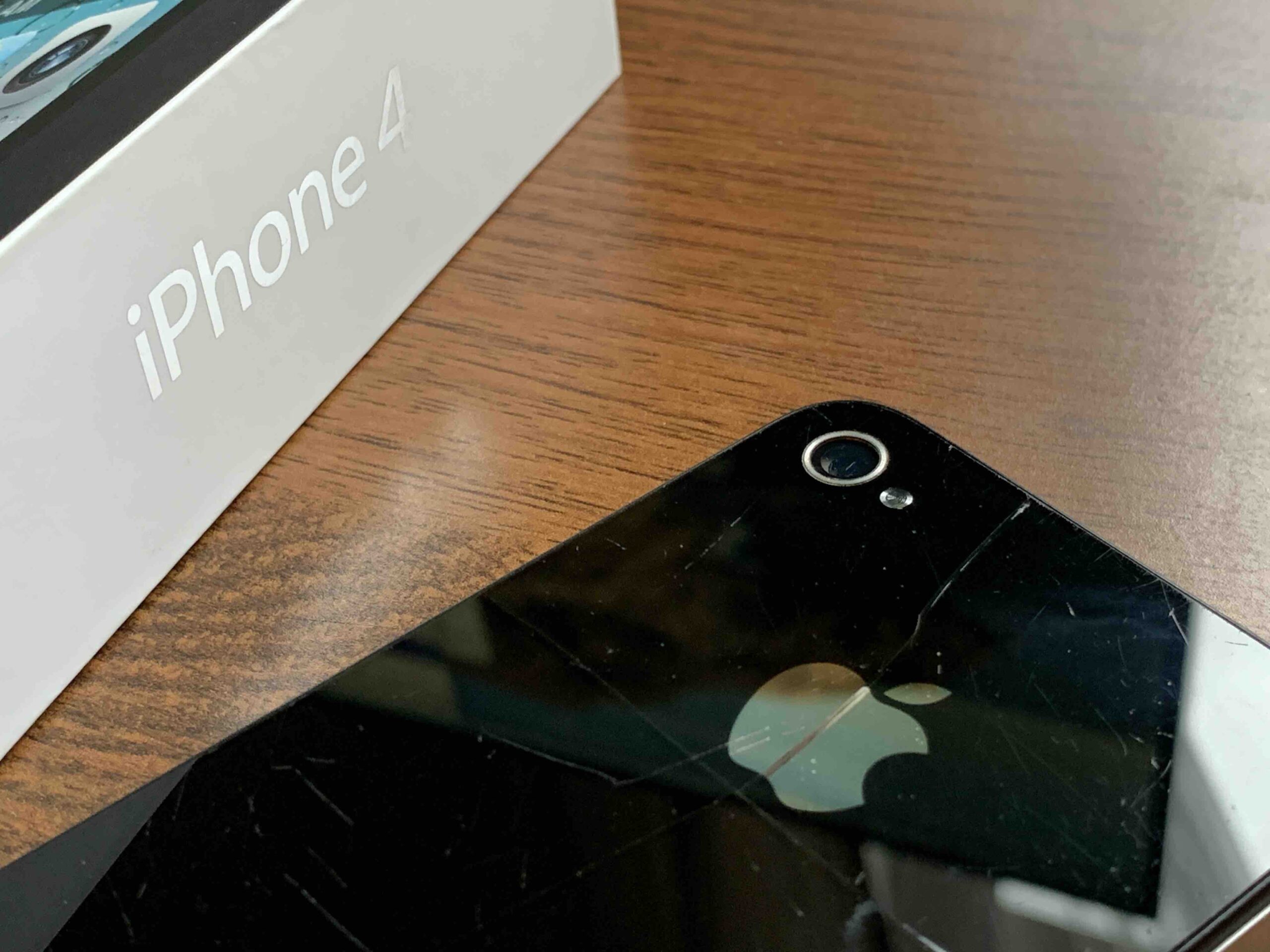
Past and future
For those who once smelled 3G, it was really painful for them to go back to places where they could only catch EDGE (not to mention GPRS). On the other hand, when 4G/LTE arrived, the difference from 3G was no longer so noticeable, because 3rd generation simply ran fairly well enough. It is similar now with 5G. Of course, there is a difference, but the average user who only wants to use such a connection to browse the Internet will not really know the difference. This only becomes apparent when playing MMORPG games and those of a similar genre that depend on the connection.
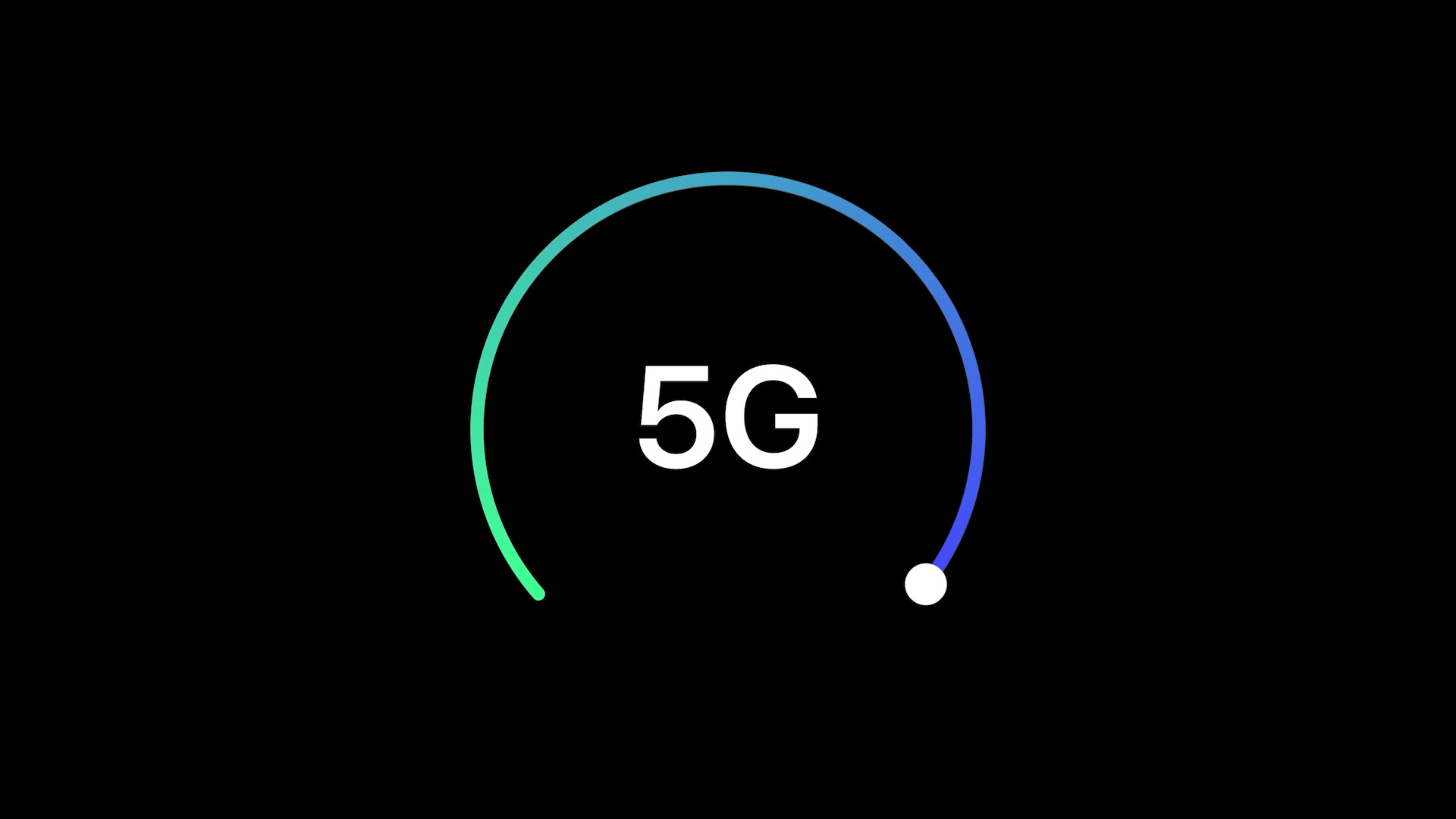
The real use of 5G may not even be in the speed of our Internet surfing. This is because it is the use of the network in the corporate sphere in the case of increasing the efficiency of work in business applications, but also when using augmented and virtual reality. It is the last mentioned here that fits nicely into one big puzzle, i.e. the meta version of the company Meta (formerly Facebook) and, of course, the solution of AR and VR devices presented by Apple, which are still being actively speculated about. After all, this reality may not only excite companies, but of course also end customers, i.e. us mere mortals. However, our operators would like to be involved in this as well in the future. So far, as can be seen, they are far from that.
It could be interest you
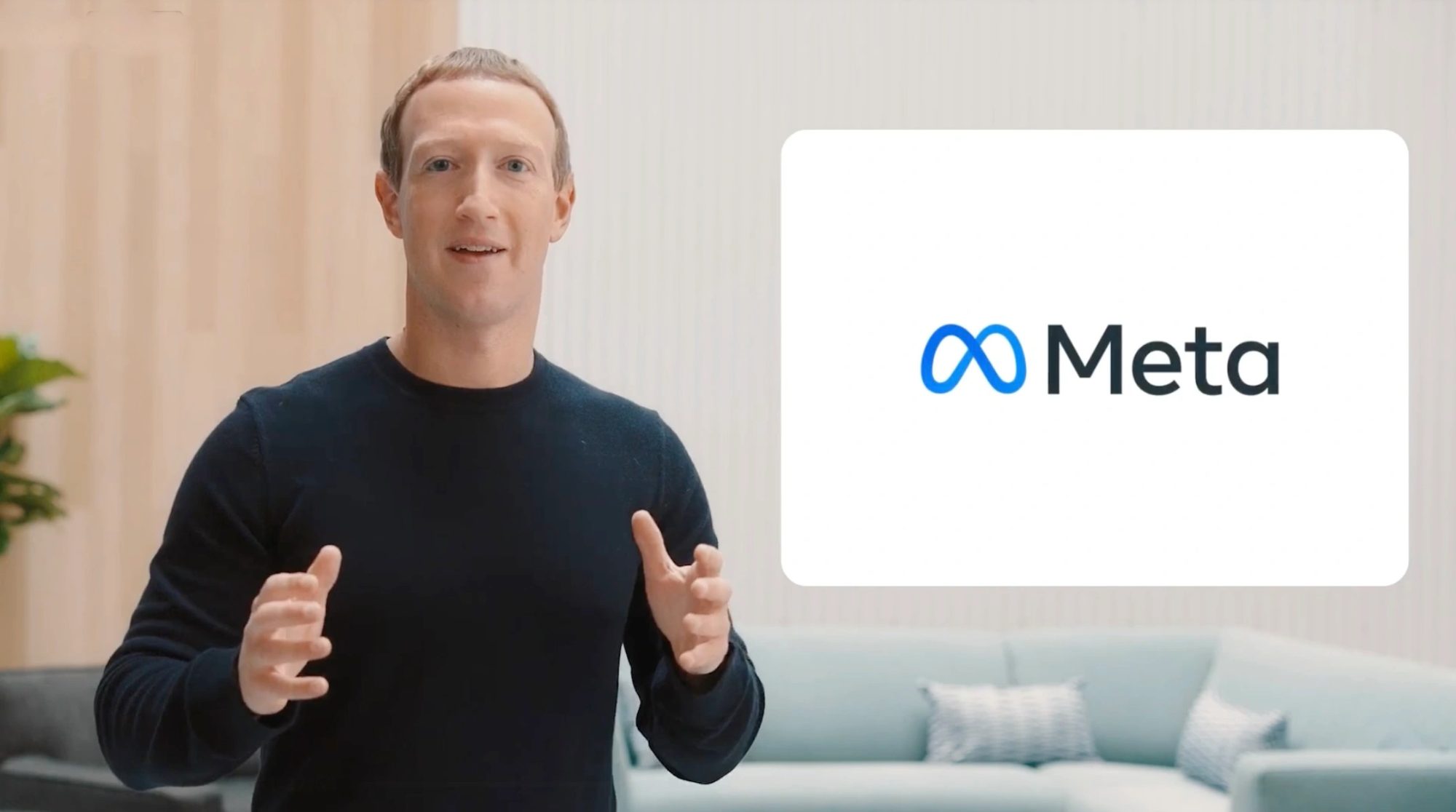
How it currently looks
Compared to the spring of this year, the coverage has improved decently. However, it can be seen which of the operators has it, and which, on the contrary, does not. Its size does not matter at all. Indeed, if you look at the coverage map Vodafone, you will already see many red, i.e. covered, places. And it doesn't necessarily have to be just the biggest cities. So the effort of this operator is quite sympathetic in this respect, and if you are one of its customers, you can be happy.
Compared to him, however, the remaining two certainly have nothing to brag about, as their coverage is rather sketchy. By the way, look at the map T-Mobile a O2 themselves. Thanks to the search by location, you can easily find out how the coverage is in your location.
 Adam Kos
Adam Kos 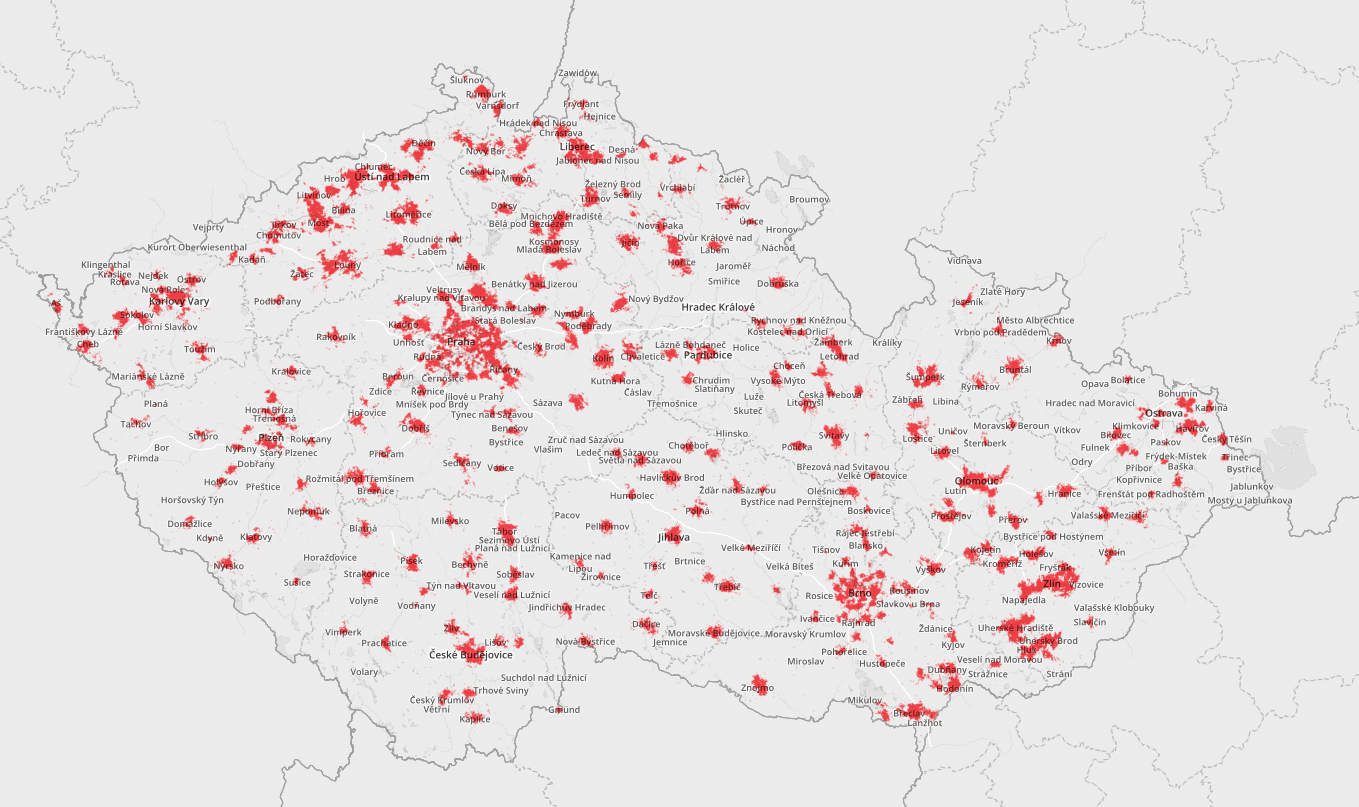
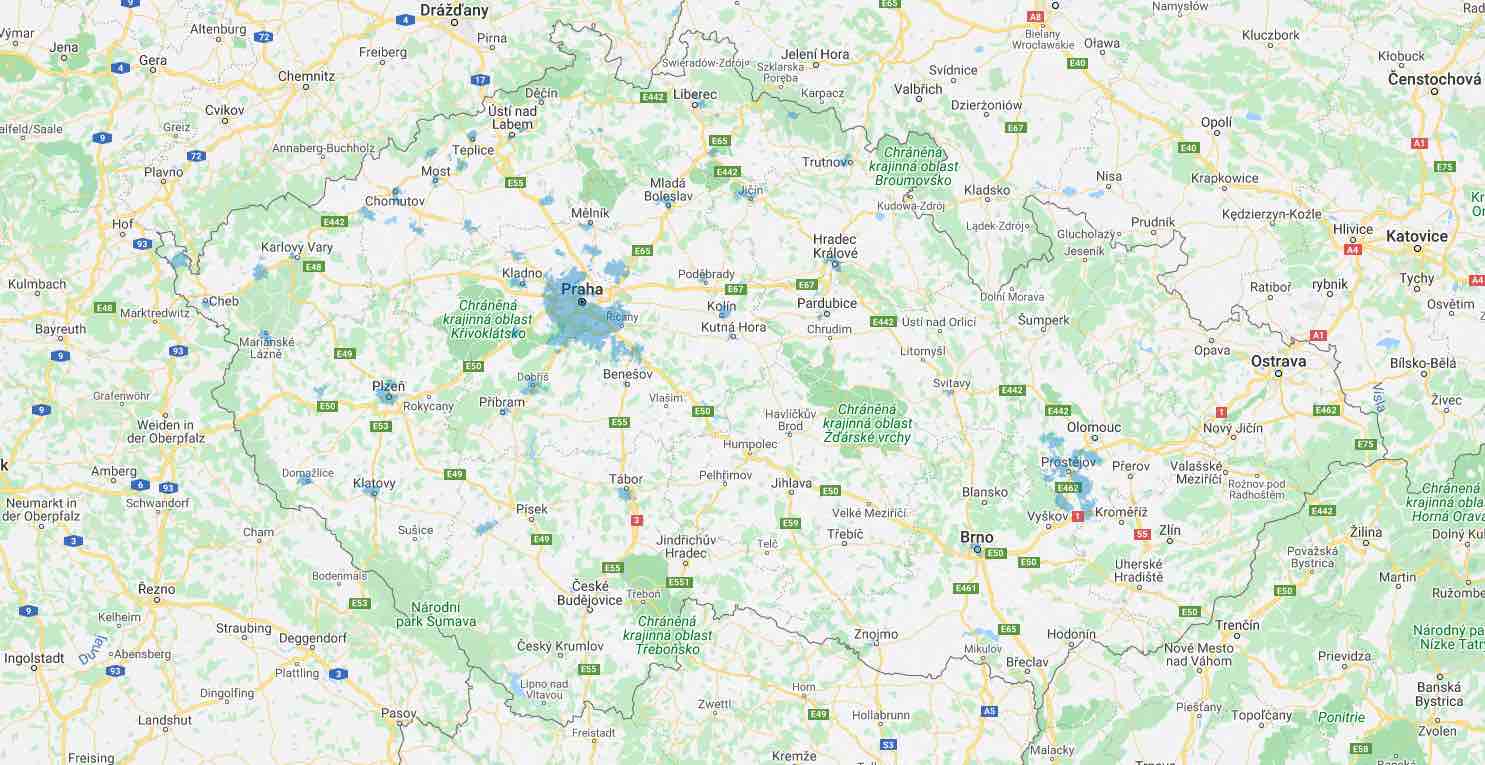
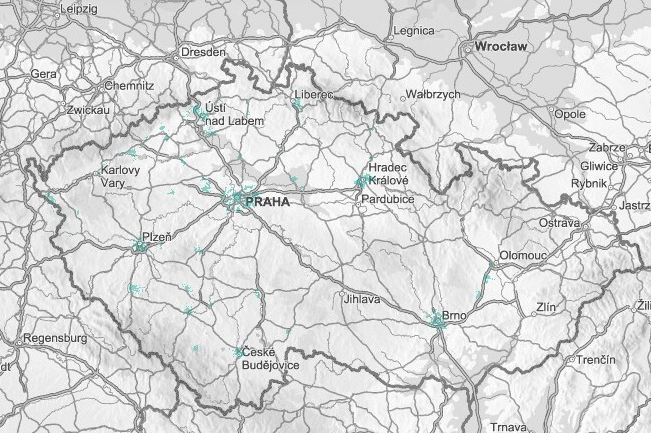
Vodafone currently has more than 5% of the population with 50G, that's really decent and they're doing it perfectly. Min. For example, a part of Chrudim was added last week, and they don't even have it on the map yet.
Otherwise, you can tell the difference, a lot, for example, when traveling by train, that's a completely different level. Even 4G compared to 3G was recognizable.
I have 13G on my iPhone 5 both at work and at home, and I don't notice a difference compared to LTE and I don't notice any benefits. I have unlimited data.
This is exactly what I wrote in a comment a while ago. They simply limit the speed for unlimited tariffs. :D
And can I ask what is your unlimited plan? They have 2 types. One cheaper, where they limit it to 10MBit and then total unlimited, where there should be no restrictions except for roaming. Thank you
You pay apples and pears together - unlimited tariffs have unlimited FUP and are offered in several versions, which differ according to speed. The fact that you don't pay for the variant with unlimited speed is your business, but it cannot be argued that the technology is slow. In addition, even with a limited speed, you use the rest of the advantages of 5G, for example latency.
I have a non-public corporate plan Unlimited Super - everything unlimited for CZK 666.
It doesn't really matter anyway, but with unlimited internet from Vodafone, the speed is pathetically distorted, that it goes slower than LTE. :D
there is 5G in the metro, in Jarov too, in Králové Dvorec too. but for example around the Prague Uprising metro in the buildings above it, only LTE is available. Strange, so many people!